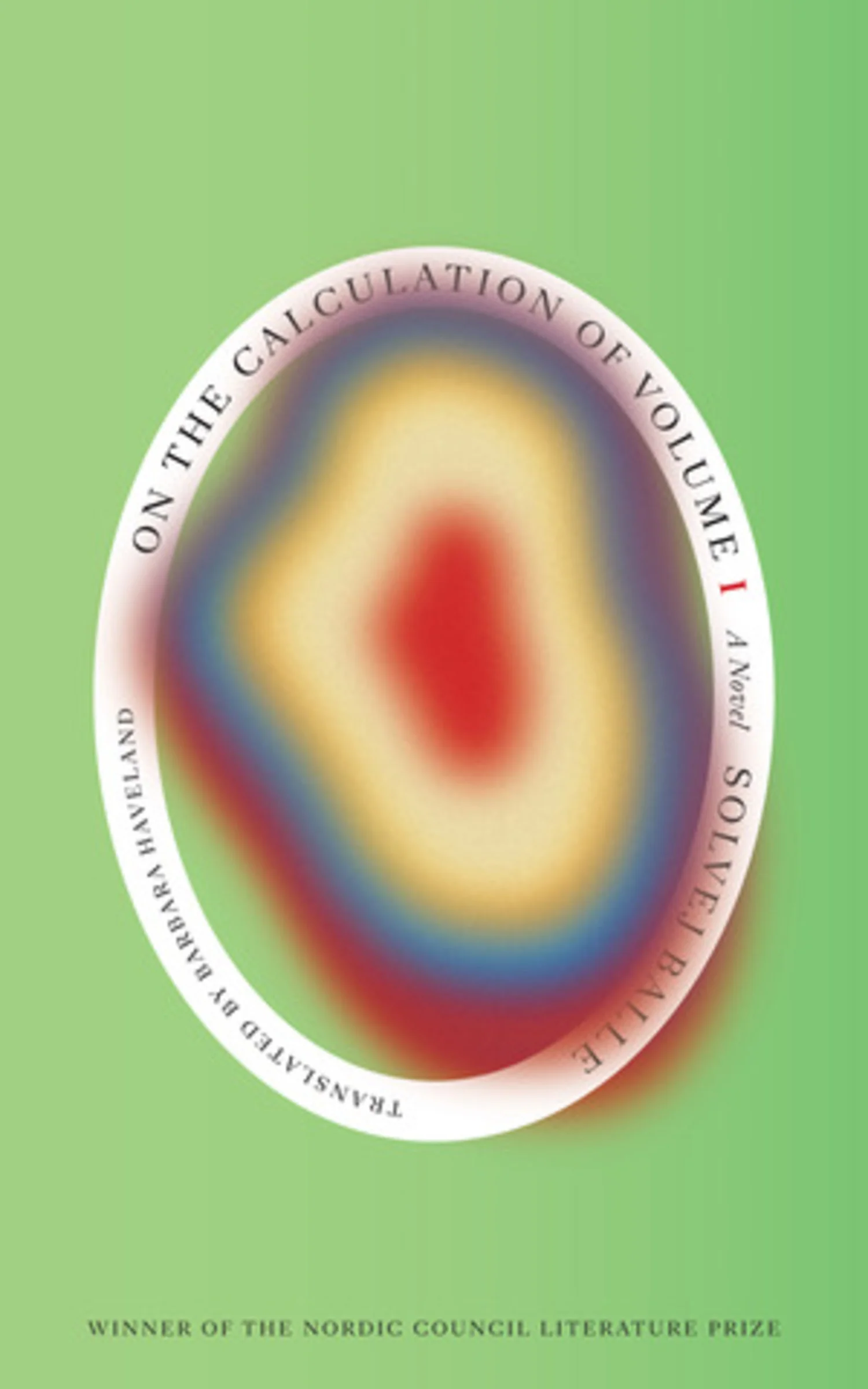Solvej Balle’s On the Calculation of Volume (Book I) is a compelling and bingeable Groundhog Day-like time loop with philosophical and literary ambitions. It was shortlisted for the International Booker Prize, and is an easy pick for one of the top books of 2025.
On the Calculation of Volume is told by Tara Selter, an antique bookseller who becomes trapped in a time loop, reliving the 18th of November over and over again. The novel opens with Tara already deep into her ordeal—by the time we meet her, she has experienced this same day 121 times.
In her International Booker Prize interview, she addresses the Groundhog Day thing directly:
I got the idea in 1987 – it probably sprang from some reflections about time after writing my first book, mixed with what I was reading at the time – but the more I thought about it, the more foolish the idea seemed to me, even more so after the Hollywood comedy Groundhog Day came out. I tried to get rid of the idea, but it kept coming back, so in the end I realised that the only way out was to write it. The idea generated so much material that I just wanted to explore it.
The narrative is structured as a journal, with Tara meticulously recording her observations and experiments as she tries to make sense of her fractured reality. While on a business trip to Paris, Tara’s world unravels: after a routine day of book buying and visiting friends, she wakes up to discover that the date has not changed. Despite her efforts to explain her predicament to her husband, Thomas, he is unable to remember anything from one iteration to the next, leaving Tara isolated in her unique experience.
As the days accumulate, Tara’s relationship to time, memory, and reality grows increasingly complex. She notes the physical continuity of her own circumstance, as her hair and nails grow and minor injuries heal — while the rest of the world (mostly) resets, reinforcing her sense of alienation and existential bewilderment.
The novel rejects the typical mechanics of time-loop stories, focusing instead on the psychological and philosophical implications of Tara’s predicament: her growing awareness of the limits of individual agency, the pain of being unable to share her experience, and the search for meaning in a world that no longer progresses.
Balle’s hypnotic prose and diary-like structure invite readers to inhabit Tara’s consciousness, making for a meditative exploration of time, existence, and the longing for connection.
The prose and translation is spare and direct (read the first day’s diary entry here) – the entries are generally short, which makes the book nearly impossible not to binge. I devoured it in less than 24 hours, and ordered the sequel as soon as I finished it. The series is supposed to reach seven volumes – five have been published in the original Danish, and the third will be published in English this fall (November 18, natch).
Be warned when reading reviews: the New Yorker and FT reviews discuss the second volume as well, so I haven’t included them below. I’ll include them when I finish the next volume.
Further Reading and Watching
Solvej Balle profile in The Guardian
Interviews with Balle and Haveland









